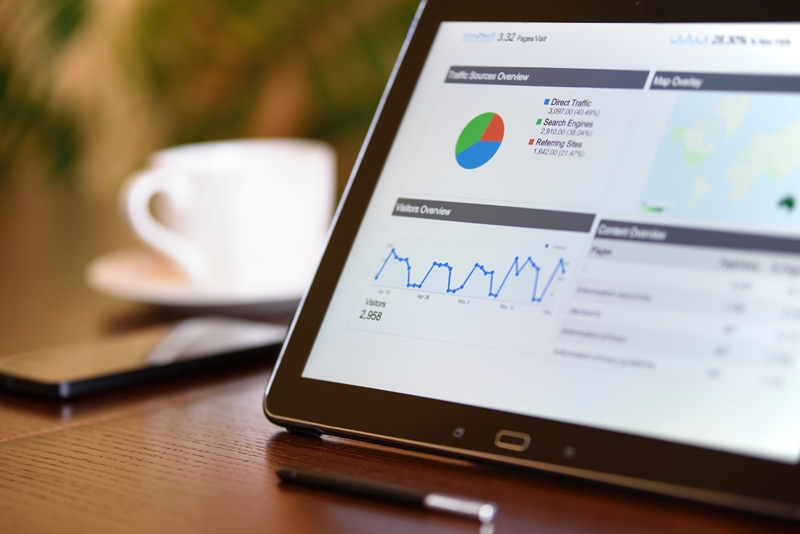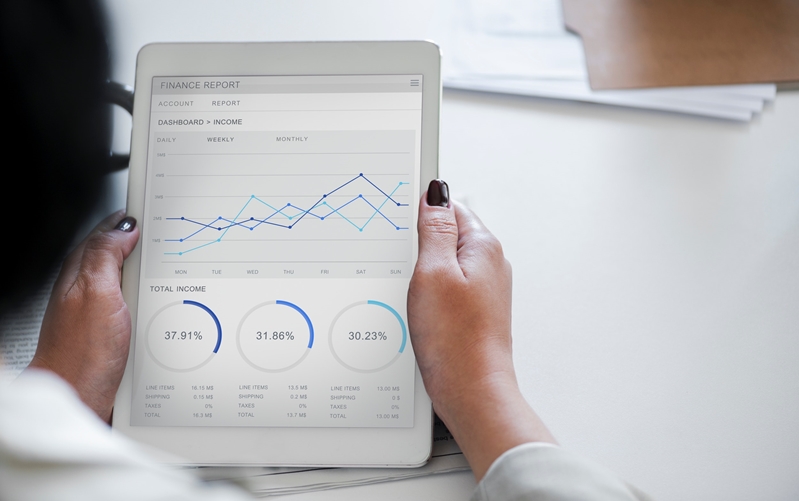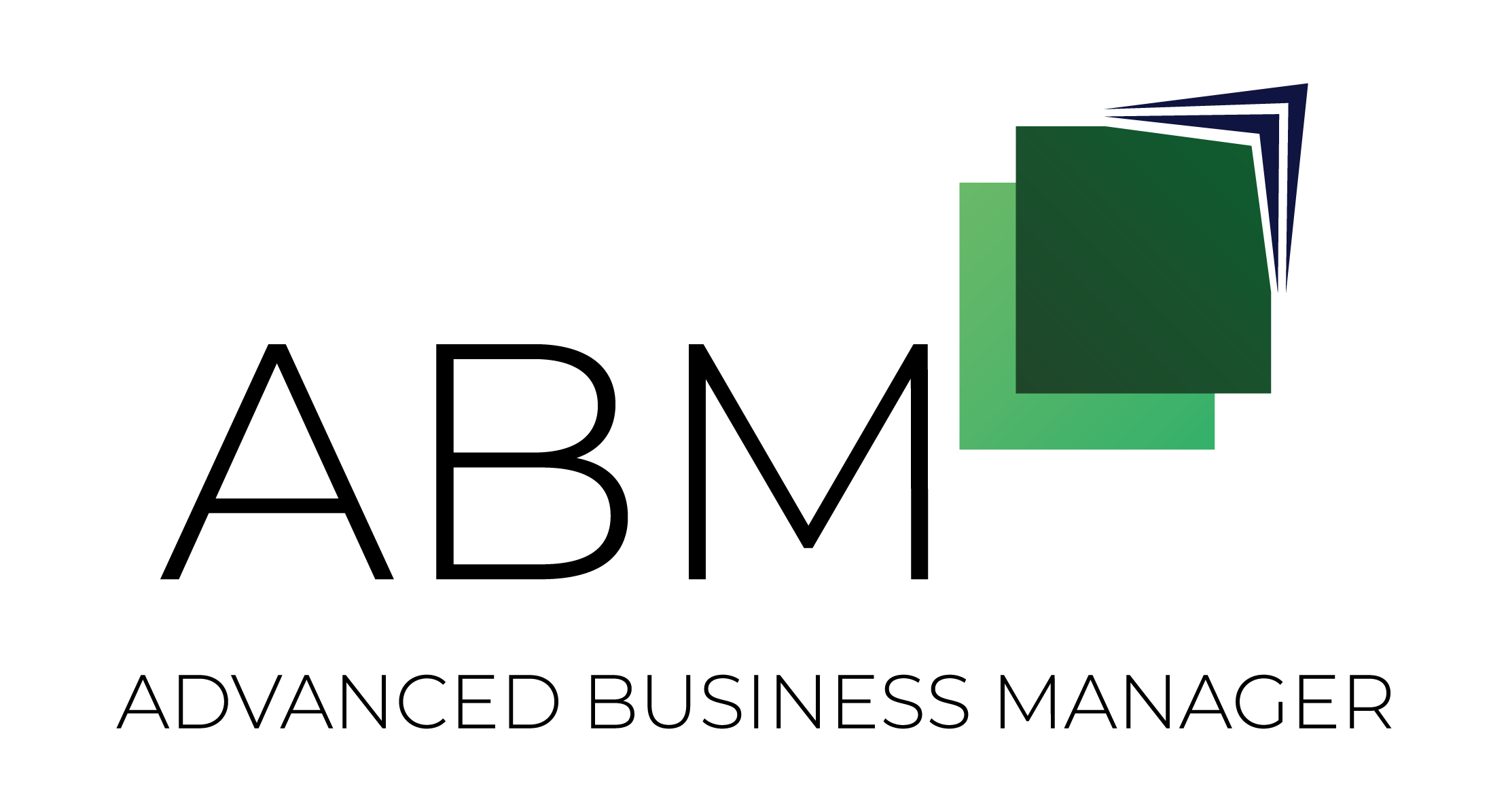Good business accounting software deals with so much more than just your invoices. It allows you to record everything from revenue and vendors to inventory and payroll. With such a vast amount of information in one platform, you can generate powerful reports that help you connect the dots and make strategic business decisions.
Why accounting software with built-in business intelligence is crucial
In small businesses, it's not uncommon for everyone to be pretty busy already, without trying to find time to sit down and analyse statistics. Updating your records, logging payments and generating invoices might be all you can get to.
Sometimes you forget to stop and connect what you're doing with the rest of the company.
Even when a business grows and has a team of administrators, employees are still guilty of being entirely focused on their own tasks and objectives. Sometimes you forget to stop and connect what you're doing with the rest of the company.
No matter which of these situations is true in your organisation, choosing accounting software with built-in business intelligence is the solution. A software package with powerful business intelligence capabilities not only allows employees and business owners to see what's happening, it presents and analyses data too. No one needs to find the time to play around with statistics and create meaningful representations. The software has that covered – producing graphs, charts and tables that show you what's going on in your business yesterday, today and tomorrow.

Seeing the bigger picture with your accounting software's business intelligence
Most software packages come with a standard set of reports – such as profit and loss statements and balance sheets, that you can view or export with a couple of clicks. However, the most sophisticated of platforms also allow users to create custom reports that help them analyse areas of business they're particularly interested in.
With custom reports, you can plot all kinds of different data points against other information.
With custom reports, you can plot all kinds of different data points against other information you hold within your accounting package. This allows you to link one area of business with another, and help your staff see the bigger business picture.
Here's an example of how business intelligence can help.
You have a small finance team which is responsible for generating invoices, tracking payments and chasing customers. They work from a list of unpaid invoices they generate every day and do the best they can. However, do they have any idea why it's so important that they chase outstanding invoices quickly? To ensure they do understand, you could set up a bar chart that displays every time they login, plotting how much your company has made in sales versus how much of that money you actually have in the bank and ready to spend. This shows them that when they don't get invoices paid quickly, your spending power plummets. They'll be able to see at a glance how stark the contrast is right now, and therefore how crucial it is for them to chase invoices today as opposed to dealing with other tasks.
Make this information even more meaningful by ensuring they know what it is that your business wants to invest in. Maybe you want to buy new equipment that allows you to manufacture products more quickly and take more orders. That's the bigger picture for your finance team. By following up with clients, they can help your business take on more jobs, streamline operations and generate higher profits.
Leaders make informed business decisions with data that shows how your whole business is functioning.
Using business intelligence for decision making
However, having powerful business intelligence embedded in your accounting software isn't only about showing your staff how their actions impact everything else. It also helps your leaders make strategic, informed business decisions with data that shows how your business is functioning as a whole. Too often, leaders rely on department-level data only. When you record everything in one extensive accounting package, you allow access to more thorough cross-department analysis.
Here are three ways to use business intelligence to inform your high-level decision making.
1) Visual representations
A large spreadsheet of numbers is hard to read and difficult to use to draw solid conclusions. Most of the time we take this type of data and put it into tables or graphs to help us understand it. Well-designed business intelligence functionality presents data in an easy-to-read format for you, meaning you don't need the skills or the time to do it yourself. This is crucial for busy leaders who can shape the way the business responds to your intelligence, as long as they don't have to do the mathematics.

2) Overviews and break downs
Analytics dashboards commonly allow the user to see an overview, and then drill down into specific stats that interest them. For example, maybe you get a summary of month-by-month revenue when you log in. When you see that this month isn't looking so good, you can click through to the details and look at exactly what's causing the problem. This means you don't have to wade through all this data all the time, only when there's really something to be gained from it.
3) Custom analysis
With custom reports, decide what elements of your data you want to compare and contrast. You could choose to plot sales against fulfillment to spot when you had trouble dispatching orders quickly, then add some figures about what you were selling at that time and what your inventory levels were like. When every little detail is stored in one accounting system, you can blend the information to draw detailed and meaningful analysis. It's all very well knowing that you didn't fulfill your orders in your target timeframes, but if you can't work out why, you can't prevent it from happening again.
To learn more about how you can use accounting software to help you and your employees understand the bigger picture in your business, organise a demo with Advanced Business Manager.







